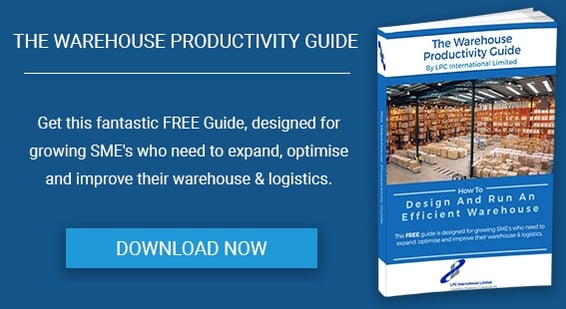
Increasing efficiency within the supply chain has many benefits. It reduces wastage, improves productivity, and enables a faster and leaner system. Controlling a supply chain involves controlling visibility, and software is increasingly the best way forwards. Enterprise Resource Planning (ERP) technology takes over primary administrative roles, meaning fewer errors and greater speed. Here are some of the ways that the latest supply chain efficiency techniques can help.
1) Use Automatic Purchasing
Supply chain inefficiencies are often caused by basic errors such as not having adequate stock. Software can easily manage your inventory so that you always have what you need. This frees up time and increases accuracy.
2) Standardise
Communication is at the heart of efficiency, and in the context of supply chains this means that everybody needs to be using a shared language. A standardised ERP system can keep communication clear and reliable throughout the chain. Examples of standardisation include using ‘unit loads’ rather than a complex mixture of pallets, totes, and containers, as well as having harmonised KPIs.
3) Learn To Love Data
Data can offer deep insight into everything from seasonal fluctuations to customer behaviour. It can inform managers about fast-moving SKUs, bottlenecks, and downtime. This type of information helps to ensure the efficiency of the supply chain and is also useful for informed critical decision-making.
4) Manage Your Inventory In Real-Time
The digital transformation means that stock checking no longer has to be a daily task. Instead, the supply chain can be visualised with 360 o clarity. The right choice of software can give you excellent levels of scalability, meaning that pick routes can be optimised, and warehouse ergonomics enhanced.
5) Monitor Your Vendors
Supply chains involve multiple stakeholders. When there is a kink in the chain, the domino effect can cause powerful inefficiencies. Understanding which vendors are making a profit and which are haemorrhaging funds can help to improve efficiency. Software keeps a careful eye on operations throughout the chain, ensuring that you are fully informed.
6) Advocate Transparency
Supply chains can be surprisingly secretive spaces. Managers do not often share their financial status, and this can filter through the chain as a general lack of awareness. If cost-related communication is normalised, everyone has more understanding of where processes need to be tightened or streamlined.
7) Optimise Inventory Levels
This is often called Just-In-Time (JIT) inventory management. The ideal scenario is that the supply chain holds just enough stock to make it to the next client ‘just-in-time’. This reduces overheads and is lean and efficient. It can also be a little perilous, so advanced ERP is needed in order to deeply analyse supply chain behaviour to ensure that ‘just-in-time’ doesn’t become ‘just too late’.
8) Automate As Much As Possible
Improving efficiency and boosting productivity is about error reduction. Too much paperwork within the supply chain is time-consuming and introduces the risk of mix-ups and lost information. Time spent sending invoices manually is much better spent focusing on productivity gains, such as improving warehouse design.
What Next?
To boost growth and enhance profitability, it can help to start by accessing expert advice. To get more information on how to speed up an efficient warehouse, download your free Warehouse Productivity Guide today.
Image source: Pixabay



